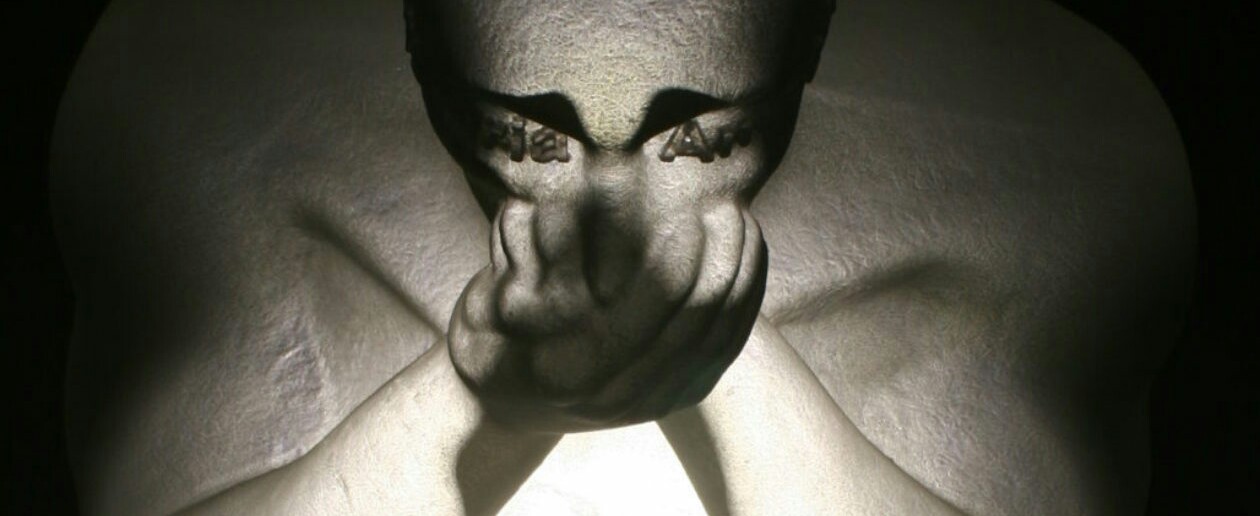
I encountered Irene de Bod, working at the National Institute of the Deaf. Our conversation led us to the “Old Mill “building on the grounds of the NID. Seeing the building is like love at first sight. such a beautiful, stately house glittering in the last rays of the setting sun.
I immediately wondered about the possibility of it being a Herbert Baker house. It has all the necessary essential elements to qualify: small shuttered windows facing west, windows set flush with outside walls and with broad windowsills on the interior, signature small mosaic tiles in the reception area, high pitched red tiled roof and beautiful gables, to name a few.

I contacted Connie Burger, who worked as an art teacher at the School of the Deaf/ De la Bat School for many years and has a lively interest in art and architecture. She confirmed that Herbert Baker was indeed the architect of the Joubert family, that built the house close to the old mill, that has since been torn down. According to Connie many a grand garden party was hosted in the gardens. The daughter of the Jouberts, known as the Maid of the Mill, hosted her wedding reception in the gardens. The municipality confirmed that the architect was indeed Herbert Baker.

Philosophy and influences of Herbert Baker
As an architect Herbert Baker was not a theoretical man. His contemporaries in Europe and America like Le Corbusier and Franc Lloyd Wright changed the face of architecture worldwide with interesting and new concepts. Baker was much more practical. He liked beautiful houses and stately buildings and helped establish his unmistakable style in Southern Africa. He constantly adapted and changed his style according needs of clients and to adapt to local conditions.
Baker grew up in England. The English Arts and Craft movement played a huge role in his design style. Arriving in Africa he fell in love with the Cape-Dutch building style. This influenced the way he saw architecture.
The so-called Queen Anne style may perhaps describe his style the best. It is an English style associated with the Arts and Craft movement: Small red Bricks, steep roofs, thin high gables and pediments, white sash windows, wooden balconies and bay windows.
Later in his life he aimed to be known as an imperial architect. He designed state buildings in England, South Africa and India.
Well known buildings in South Africa include the Union Buildings, Groote Schuur, St George’s cathedral in Cape Town and the impressive Rhodes memorial. It also includes many churches, houses throughout South Africa and many public buildings. He had offices in Cape Town, Bloemfontein and Pretoria.

The Old Mill House
This unknown gem in Worcester is currently standing empty. It is lovingly cared for by the National institute of the Deaf and is in a perfect condition. The interior of the building might need some tender love and care, but not much more than a layer of paint, a spring clean and a few minor reparations.
We have many plans to use this building to the benefit of the deaf, but also to the advantage of the whole community of Worcester. So please watch this space and come and support us.

















